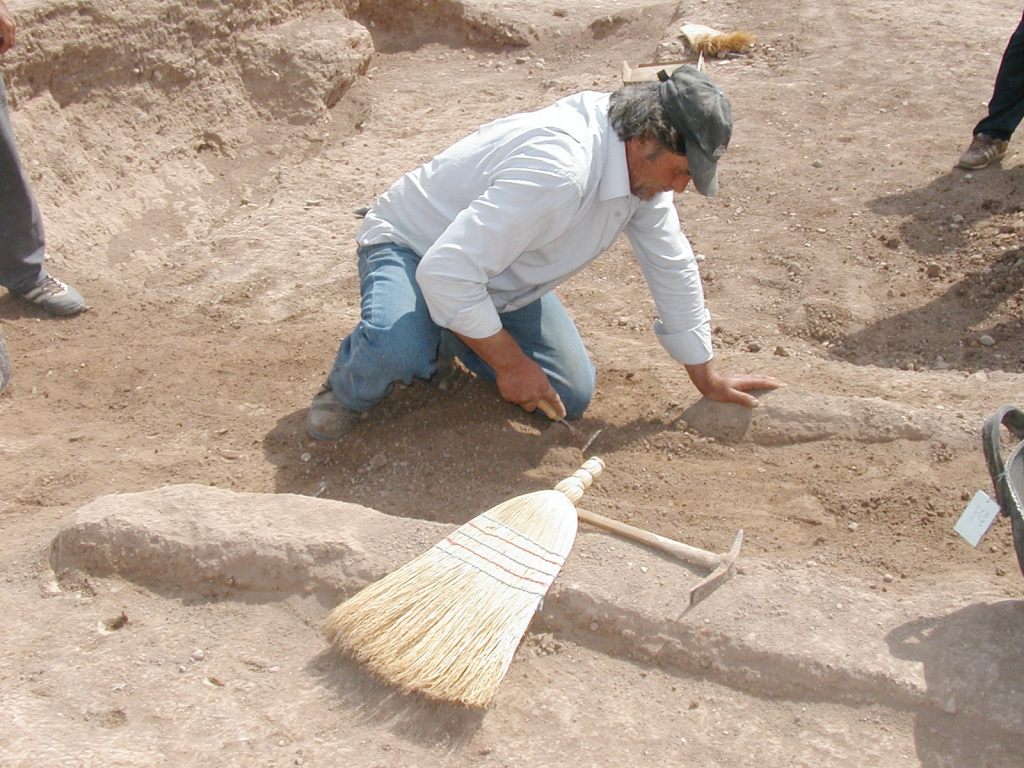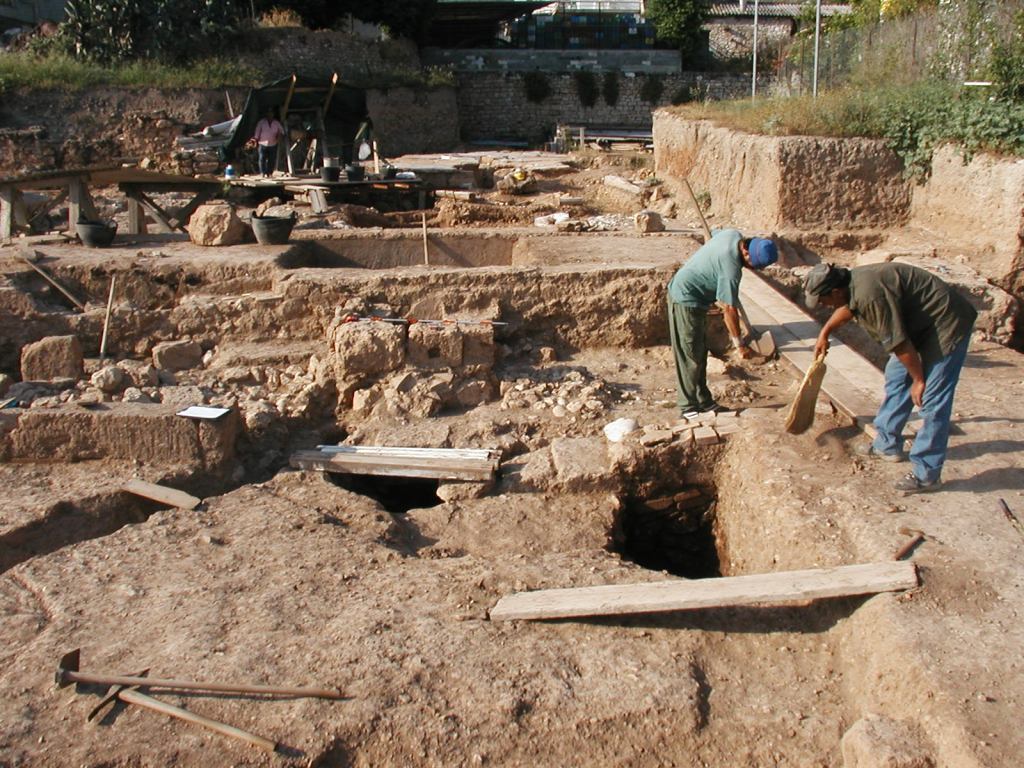Virtually anyone who has participated in the American School Excavations at Corinth has become acquainted with the Corinth Excavations Archaeological Manual. I’m not sure who was responsible for writing the first excavation manual for Corinth, or when it first appeared in print, but having an archaeological manual that guides fieldwork and recording is simply good archaeology. It gives workers and students help in making decisions in the field and ensures that excavation occurs in a responsible and systematic manner — producing data scholars can use to understand cultural deposits, buildings, and contexts and the formation processes that have transformed them. In the case of Corinth, a good printed field manual has been a constant guide for the student regular members of the American School of Classical Studies who come to the site every May-June for training.

The Corinth manual has grown over the years into a comprehensive and authoritative guide to open-area, stratigraphic excavation, covering everything from excavation of pits, wells, and robbing trenches to the removal of deposits to inventorying objects in the museum. The cohort of graduate students with whom I worked at the Panayia Field back in 2005 frequently referred to the paper versions of the manual in the field until the processes and guidelines became second nature. When I began excavating Hellenistic and Late Roman Cyprus in Cyprus with fellow Corinthian archaeologists in the Pyla-Koutsopetria Archaeological Project, we borrowed and adapted much of the Corinth manual to our excavations.
 All this to say that the announcement today of the publication of the manual by The Digital Press of the University of North Dakota is great news. The work, authored by Guy Sanders, Sarah James, and Alicia Carter Johnson, with contributions by Ioulia Tzonou-Herbst, James Herbst, Nicole Anastasatou, and Katerina Ragkou is now available for free download at the the Digital Press website, or you can purchase a print paperback addition for a small cost. The publisher page describes the work in this way:
All this to say that the announcement today of the publication of the manual by The Digital Press of the University of North Dakota is great news. The work, authored by Guy Sanders, Sarah James, and Alicia Carter Johnson, with contributions by Ioulia Tzonou-Herbst, James Herbst, Nicole Anastasatou, and Katerina Ragkou is now available for free download at the the Digital Press website, or you can purchase a print paperback addition for a small cost. The publisher page describes the work in this way:
The Corinth Excavations Archaeological Manual is the first major field manual published from an American excavation in Greece and among a very small number of manuals published from the Eastern Mediterranean in the last generation. The appearance of this book is timely, however, as there is a growing interest in field methods and the history of excavation practices throughout the discipline of archaeology. Moreover, Corinth Excavations has long held a special place in American archaeology in Greece as the primary training excavation for graduate students associated with the American School of Classical Studies at Athens. As a result, the field manual has had a particular influence among American excavators and projects in Greece, among Mediterranean archaeologists, and in archaeology classrooms.
And the preface to the manual begins:
This manual describes the present state of archaeological practice at ancient Corinth, Greece. The system employed here has evolved over five decades of excavation and in response to both the nature of the anthropogenic activities and the ultimate goals of the excavation: a diachronic archaeological and cultural history of Corinth. The practicalities of removing archaeological material from the ground, recording it, analyzing it, and storing it for future use have been developed over the past 100-plus years of archaeological exploration, and they are well-suited to the field here, to the post-excavation methods used, and to the facilities available at Corinth.
I see a number of good, concrete benefits in this publication. It puts into (digital) print / final form the comprehensive methods of a major excavation in Greece at this point in time. There’s a tight relationship of course between process and product in archaeology: how you investigate the archaeological record relates in direct way to what you can say about past human activity. Indeed, I wish this new manual included a little historical and reflective overview of how excavation manual has grown and changed over time. Perhaps this could be included in subsequent editions, and I hope this publication might be followed by the publication of subsequent editions reflecting new developments in archaeological procedures.

The work will also be very valuable as a teaching tool. Besides its immediate uses in training American School students in the Corinth Excavations, I could imagine assigning this in my own class in Historical Archaeology. Certainly other professors who teach classical archaeology or archaeological method could use this work alongside other freely available archaeology manuals online (thanks, Bill Caraher!). But the publication could also be made available even in courses in textual fields such as New Testament studies that devote a little time to how archaeology contributes to our understanding of Roman cities. The work is rich in illustrations mostly produced by architect James Herbst. Check out the two below for examples. 

The publication of the Corinth Excavations manual marks another positive step toward a more reflexive archaeology that situates contexts, finds, and buildings in concrete contexts and processes of investigation. Congrats to the Corinth crew and the Digital Press in providing access to their work. For more information about the manual, check out Bill Caraher’s press release today.

Leave a comment